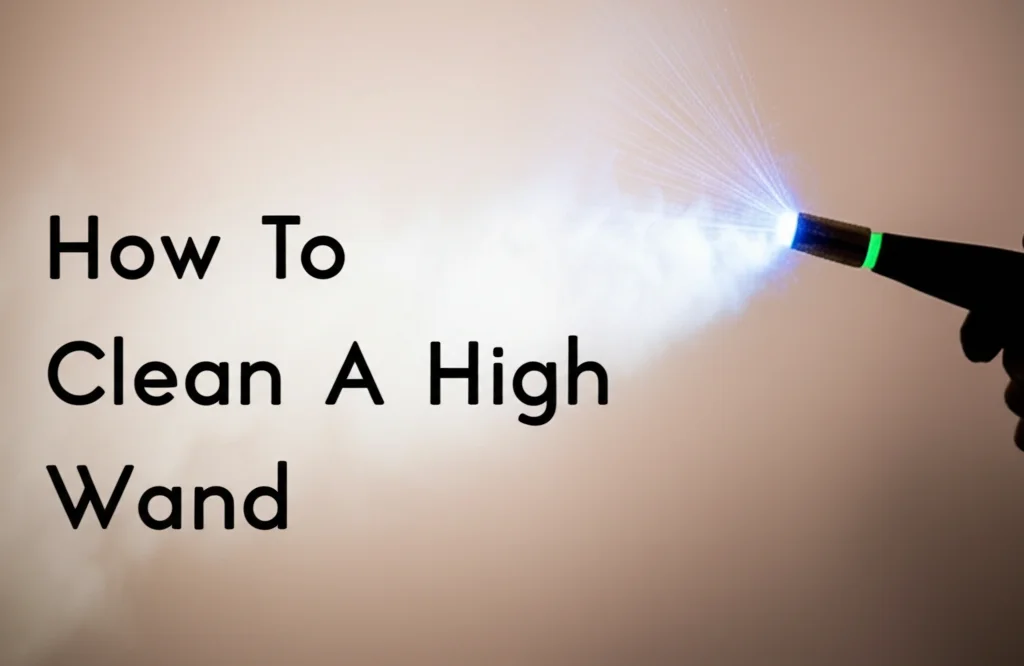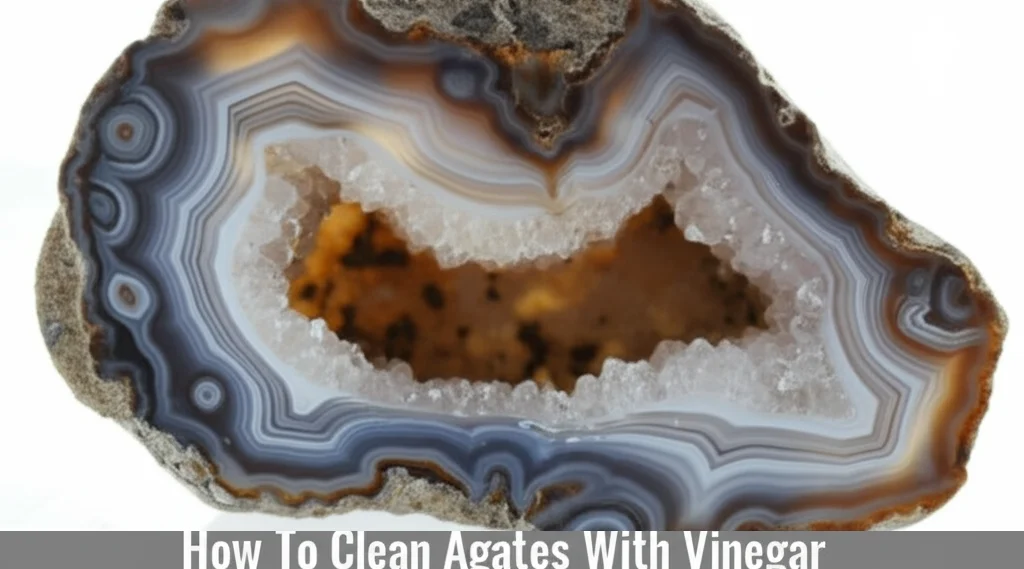· Travel & Home · 6 min read
How To Clean Polycarbonate Luggage

Keeping Your Travel Companion Sparkling: How To Clean Polycarbonate Luggage
Ever wonder how to get those scuffs and marks off your polycarbonate luggage? Traveling often means your suitcase endures a lot – bumps, scrapes, and everything in between. Polycarbonate luggage is known for its durability and lightweight design, but even this tough material needs a little TLC to maintain its appearance. This guide will show you exactly how to clean polycarbonate luggage, keeping it looking fresh for your next adventure. We’ll cover everything from quick wipe-downs to tackling stubborn stains, ensuring your suitcase is ready for any journey.
Takeaway:
- Use mild soap and water for regular cleaning.
- Avoid abrasive cleaners that can scratch the surface.
- Protect your luggage with a sealant or polish after cleaning.
- Address stains promptly for easier removal.
Quick Answer:
To clean polycarbonate luggage, simply mix mild soap with warm water, gently scrub the surface with a soft cloth, rinse thoroughly, and dry with a clean towel. Avoid harsh chemicals and abrasive cleaners to prevent scratching.
Why Polycarbonate Luggage Needs Regular Cleaning
Polycarbonate luggage is a popular choice for travelers because it’s strong and flexible. However, its smooth surface shows scratches and dirt easily. Regular cleaning isn’t just about aesthetics; it also helps prevent buildup that could potentially damage the material over time. Think of it like caring for your car – a quick wash and wax can protect the paint and keep it looking its best. Keeping your luggage clean also makes it easier to spot in baggage claim!
Gathering Your Cleaning Supplies
Before you start, gather everything you’ll need. This will make the cleaning process much smoother and more efficient. You won’t need anything fancy – most of these items you likely already have at home. Here’s a checklist:
- Mild Dish Soap: This is gentle enough to clean without damaging the polycarbonate.
- Warm Water: Avoid hot water, as it could potentially cause warping.
- Soft Microfiber Cloths: These are ideal for cleaning and drying without scratching.
- Soft-Bristled Brush: A toothbrush works well for getting into crevices.
- Optional: Polycarbonate Sealant or Polish: For added protection and shine.
- Optional: Magic Eraser: For tackling stubborn marks (use with caution – see below).
The Gentle Approach: Basic Cleaning for Polycarbonate
For routine maintenance, a simple cleaning is all you need. This is perfect for after each trip to remove dust, dirt, and minor scuffs. Start by mixing a small amount of mild dish soap with warm water in a bowl. Dip a microfiber cloth into the soapy water, wring it out well, and gently wipe down the entire surface of the luggage. Rinse the cloth with clean water and wipe the suitcase again to remove any soap residue. Finally, dry with a clean, dry microfiber cloth.
Tackling Stubborn Stains on Your Suitcase
Sometimes, a simple wipe-down isn’t enough. Stubborn stains like scuff marks, dirt buildup, or even ink can be more challenging to remove. Here’s how to address them:
- Scuff Marks: Try a magic eraser, but test it in an inconspicuous area first! Rub gently in a circular motion. These can sometimes be slightly abrasive, so use minimal pressure.
- Dirt Buildup: Make a paste of baking soda and water. Apply it to the stained area, let it sit for a few minutes, and then gently scrub with a soft-bristled brush. Rinse thoroughly.
- Ink Stains: Dab the stain with rubbing alcohol on a cotton ball. Blot gently – don’t rub – as rubbing can spread the ink. Follow with a soapy water wash.
- Sticky Residue: A little bit of warm water and dish soap can usually do the trick. If it’s particularly stubborn, try a small amount of goo gone, but test it first.
If you’re struggling with tough stains on other surfaces, you might find this article helpful: https://www.beacleaner.com/how-to-remove-baking-soda-residue-from-carpet/.
Protecting Your Luggage: Sealants and Polishes
After cleaning, consider applying a polycarbonate sealant or polish. This adds a protective layer that helps repel water, dirt, and future scratches. It also enhances the shine of your luggage, making it look brand new. Apply the sealant or polish according to the manufacturer’s instructions, usually with a clean microfiber cloth. This step isn’t essential, but it can significantly extend the life and appearance of your suitcase.
Cleaning the Interior of Your Polycarbonate Luggage
Don’t forget the inside! The interior of your luggage can accumulate dirt, dust, and even odors. Remove any loose items and turn the suitcase upside down to shake out any debris. Vacuum the interior with a brush attachment to remove any remaining dirt. For stains or odors, mix a solution of equal parts water and white vinegar. Spray lightly onto the interior fabric and let it air dry. If you’re dealing with odors in other areas of your home, you might find this article on removing mold helpful: https://www.beacleaner.com/how-to-remove-mold-from-painted-walls/.
Things to Avoid When Cleaning Polycarbonate Luggage
Certain cleaning methods can actually damage your polycarbonate luggage. Here’s what to avoid:
- Abrasive Cleaners: Scouring powders, steel wool, and harsh chemicals can scratch the surface.
- Hot Water: Can potentially warp the polycarbonate.
- Strong Solvents: Acetone, bleach, and other strong solvents can discolor or damage the material.
- Pressure Washers: The high pressure can cause damage.
- Excessive Scrubbing: Gentle is key! Avoid applying too much pressure when cleaning.
Frequently Asked Questions (FAQs)
Q: Can I use a magic eraser on my polycarbonate luggage?
A: Yes, but with caution! Magic erasers are mildly abrasive, so test in an inconspicuous area first. Use gentle pressure and avoid prolonged scrubbing.
Q: How do I remove deep scratches from polycarbonate luggage?
A: Deep scratches are difficult to remove completely. You can try a polycarbonate scratch remover, but results may vary. Prevention is key – protect your luggage during travel.
Q: Will vinegar damage my polycarbonate luggage?
A: Diluted vinegar (equal parts water and vinegar) is generally safe for cleaning the interior of polycarbonate luggage. Avoid using it on the exterior, as it could potentially cause discoloration.
Q: How often should I clean my polycarbonate luggage?
A: Clean your luggage after each trip to remove dirt and grime. A more thorough cleaning can be done every few months, or as needed.
Q: Can I use a steam cleaner on my polycarbonate luggage?
A: While a steam cleaner could be used, it’s generally not recommended. The heat could potentially damage the polycarbonate. Stick to mild soap and water.
Conclusion: Maintaining Your Luggage for Years to Come
Cleaning polycarbonate luggage is a simple process that can significantly extend its lifespan and keep it looking its best. By following these tips – using gentle cleaning methods, addressing stains promptly, and considering a protective sealant – you can ensure your suitcase is ready for countless adventures. Remember, a little care goes a long way in preserving your investment. So, go ahead, give your polycarbonate luggage the TLC it deserves, and travel with confidence knowing your companion is looking its best! If you’re looking for more cleaning tips for your home, check out our guide on https://www.beacleaner.com/how-to-clean-vinyl-plank-flooring/ for sparkling floors.




